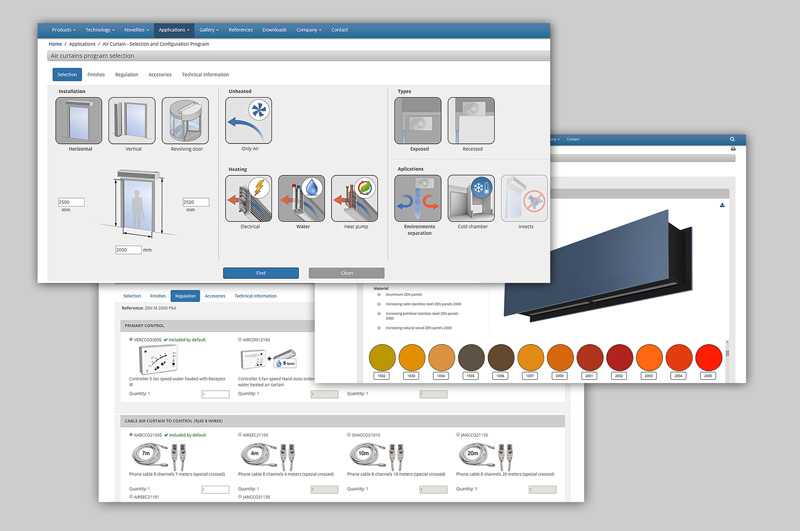How can an industrial company save energy?
One of the complexities an industrial company faces is the excessive energy consumption required to produce its product or service. When dealing with production lines that operate 24 hours a day, seven days a week, with machines that never stop working, this consumption increases exponentially.
Energy consumption is a concern that must be reduced not only for cost reasons but also due to society's growing climate awareness. Energy savings are a must for companies with ecological consciousness that care about the environment.
How can Airtècnics help a company save on annual energy consumption? With EC FanGrid. And we will demonstrate this with a retrofit project from our partner Rosenberg, in collaboration with the installation company Ulrich Müller, in southern Germany.
The challenge was to modernize a large ventilation system that moves 123,500 m³/h at 570 Pa. The existing RTL system was from the 1980s and never stopped. There was a risk of a potential failure due to its age. Also, a high energy costs associated with a 24/7 operating system, led to the replacement of the large belt-driven transmission fan with an EC FanGrid, composed of eleven EC fans model GKHF 630-CIG.180.6NA IE Gen3.
EC Fan Grid is a set of fans operating in parallel on a wall. They are more reliable than a large single fan because if one fan stops, the remaining fans can adjust their performance to ensure the ventilation system’s airflow is not affected.
This is a highly flexible system; the quantity and arrangement of the fans can be as varied as the installation’s needs. In this specific case, the technicians were able to adapt the fans to fit around a duct running through the facility.
Energy consumption before and after the renovation:
Now, the answer to the initial question. The energy consumption measured before and after modernization:
Before: 41.5 kW (operation 24/7) – 363,540 kWh/year
After: 29.5 kW (operation 24/7) – 258,420 kWh/year
The annual saving is 105,120 kWh per year. This translates to an annual energy savings of approximately 29% and a CO₂ emissions reduction of about 35 tons.
The joint work and good synergy between the technicians from both companies, engineers, and installers have been essential for the success of the installation in terms of energy savings and operability.







